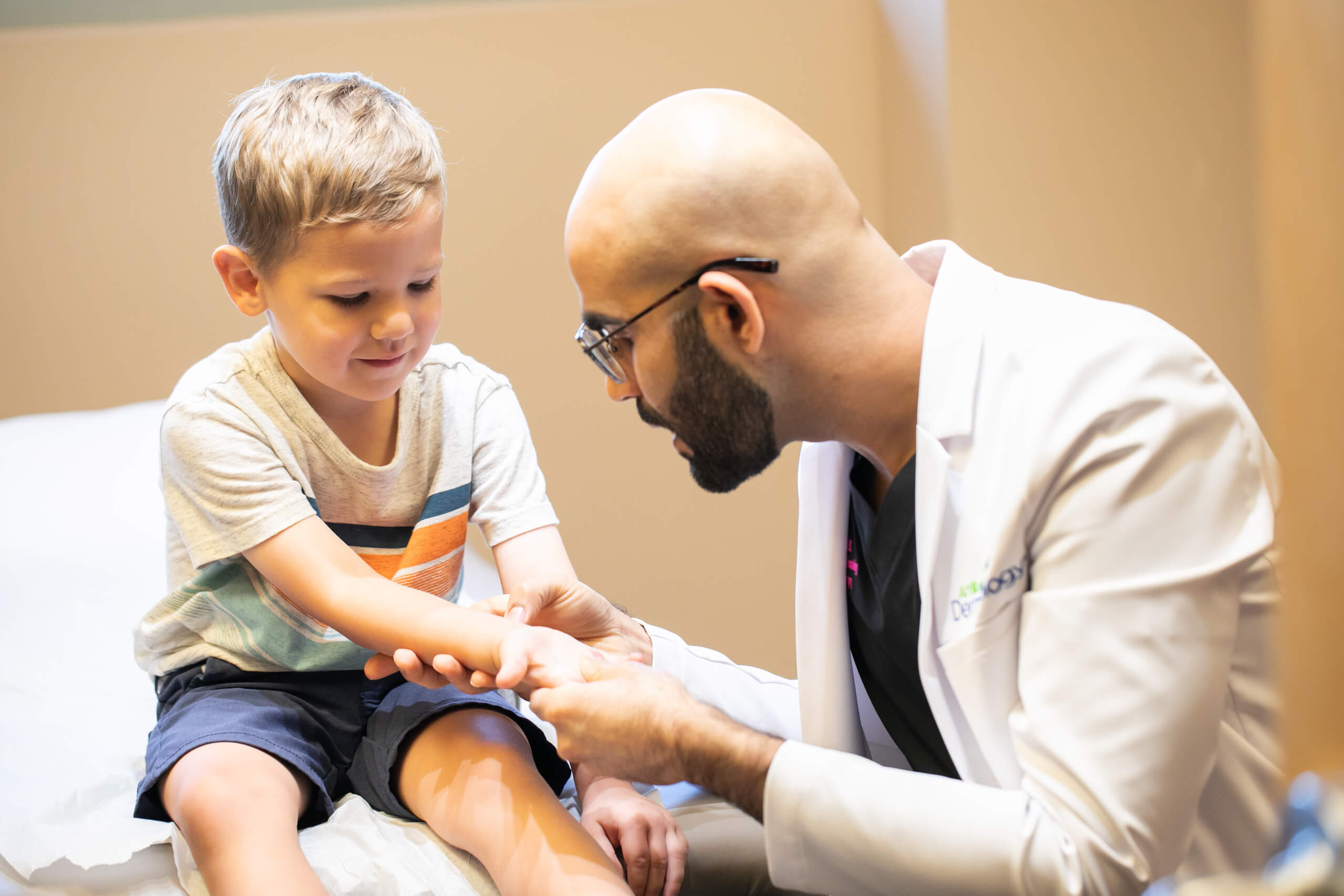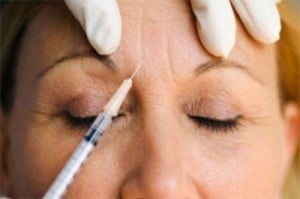Have a regular skin cancer check to protect your skin health with early detection.
Have a regular skin cancer check to protect your skin health with early detection.
Blog Article
In-Depth Dermatology Understanding: Resolving Acne Issues, Mole Concerns, and Eczema Effects
When it concerns skin health and wellness, comprehensive dermatology understanding is crucial; it empowers individuals to deal with usual skin problems such as acne, mole abnormalities, and dermatitis with self-confidence. Recognizing acne therapies, identifying potential skin cancer indicators in moles, and handling eczema triggers can significantly enhance skin health and wellness - eczema specialist. This article will certainly check out these topics, using an informative check out the science behind these usual skin issues - an exploration that guarantees to inform and educate
Comprehending the Essentials: What Is Acne, Moles, and Dermatitis?
While many people might know with the terms acne, moles, and dermatitis, comprehending what they really are is a various matter completely. Acne is a skin disease identified by irritated or infected oil glands, often visible as pimples or areas, mainly on the face, back, and chest. Moles, on the other hand, are small skin developments brought on by clusters of pigmented cells; they can show up anywhere on the body and vary in shade and size. Eczema, additionally known as atopic dermatitis, is a chronic condition creating swollen, scratchy skin, often taking place in response to irritants or irritants. While these conditions prevail, they can have varying levels of intensity and effect on a person's life.
The Science Behind Acne: Causes, Kinds, and Therapies
The complex scientific research behind acne starts with comprehending its formation device. This elaborate process, affected by various factors, causes various kinds of acne. The write-up will certainly additionally touch upon reliable therapies available to manage and treat this typical skin problem.
Acne Formation System
An overwhelming bulk of people will experience the common skin disease referred to as acne eventually in their lives. Acne development begins with the overflow of sebum, an oily compound produced by sebaceous glands in the skin. This excess sebum, along with dead skin cells, clogs the skin's pores. When these clogged up pores become contaminated with Propionibacterium acnes, a bacterium naturally present on the skin, swelling takes place, causing visible acne. There are different types of acne, consisting of blackheads and whiteheads (non-inflammatory), and papules, pustules, blemishes, and cysts (inflammatory) Hormone adjustments, specifically during adolescence or menstruation, can intensify acne by triggering increased sebum production. Recognizing this device is critical for making reliable treatments, a topic to be reviewed later on. acne treatment.

Reliable Acne Therapies
Virtually everyone will certainly grapple with acne at some point, making a clear understanding of reliable acne treatments crucial. Different treatments target different elements of acne, such as inflammation, oil manufacturing, and germs. It's important to keep in mind that not all therapies will certainly function for everybody, as acne's causes and severity differ.
Mole Issues: Identification, Assessment, and When to Seek Medical Interest
Moles, typical skin growths, need mindful recognition and routine evaluation for optimal skin health (mole removal). Recognizing the normal appearance of one's moles, in addition to any modifications that may take place, is essential. Trigger clinical interest must be sought when specific indicators, which will be discussed, are spotted
Understanding Mole Recognition
Exactly how does one compare a harmless mole and one that may require clinical attention? Understanding the features of typical moles is crucial. A regular mole is normally round or oblong, has a smooth edge, and is no larger than 6mm in size. The color must correspond and can differ from pink, tan, brown, or black. Moles normally appear throughout childhood or teenage years, and by their adult years, many people have between 10 to 40 moles. Nevertheless, moles that alter in size, form, or color, end up being itchy or bleed, or appear after age 30 can be alarming. These abnormalities don't immediately indicate skin cancer cells but are reasons to speak with a skin doctor. Recognizing mole recognition is the initial step in skin wellness monitoring.
Carrying Out Routine Mole Assessments

Identifying Crucial Clinical Indications
Recognized as the ABCDE's of mole evaluation, these modifications might point to deadly cancer malignancy, a dangerous form of skin cancer. An individual must also be careful if new moles show up after the age of 30 or if there's a sudden increase in the number of moles. Routine soul-searchings matched with specialist assessments make sure very early discovery and efficient treatment of prospective skin abnormalities.
Eczema Explained: Reasons, Signs, and Handling Flare-Ups
Although dermatitis might appear as a simple skin inflammation to the untrained eye, it is, in reality, an intricate skin-related problem with a wide variety of potential causes. Eczema, likewise referred to as atopic dermatitis, is generally caused by a mix of hereditary and ecological factors. Managing dermatitis normally includes determining and preventing triggers, preserving a good skin treatment routine, and using prescribed treatments.
Practical Skin Care Tips to Avoid and Manage Acne, Moles, and Dermatitis
Comprehending and resolving skin problem such as acne, moles, and eczema need practical and efficient skin treatment practices. Routine cleaning with mild, non-irritating items assists keep skin health and protect against acne. Sunscreen application minimizes mole threat and decreases dermatitis flares caused by sunlight direct exposure. Moisturizing, especially for those with dermatitis, is vital to maintain skin hydration and obstacle function. A balanced diet regimen abundant in antioxidants can enhance skin health and wellness and reduced swelling, possibly minimizing acne and eczema seriousness. Normal skin checks aid in early mole discovery, potentially stopping skin cancer cells. While these suggestions can reduce skin troubles, they're not an alternative for specialist dermatological advice. Constantly consult a skin doctor for consistent or serious skin problem.
Expert Dermatology Treatments: A Review of Modern Solutions
What are the contemporary solutions used by go right here professional dermatology treatments? Dermatologists today have a large range of reliable treatment choices to deal with numerous skin disease. For acne, retinoids and anti-biotics are suggested to manage the problem, while chemical peels and laser treatment are utilized for extreme cases. With moles, expert elimination is performed if they present a health danger. This can be done via surgical excision or laser removal. On the various other hand, eczema is commonly treated with topical corticosteroids to manage signs, and photo-therapy for persistent situations. In addition, developments in biologics have actually revealed promise in treating serious dermatitis. All these therapies are under the specialist guidance and care of skin doctors, ensuring risk-free and effective administration of skin problem.
Verdict
Understanding dermatological problems like acne, mole abnormalities, and dermatitis is important for efficient treatment. Acne monitoring needs understanding of numerous treatment choices, while mole evaluation can lead to early detection of skin cancers cells. Eczema monitoring involves identifying triggers and carrying out appropriate treatments. For that reason, thorough dermatology knowledge is crucial for avoiding and taking care of these skin disease, emphasizing the demand for expert dermatologist like improve skin health.
Report this page